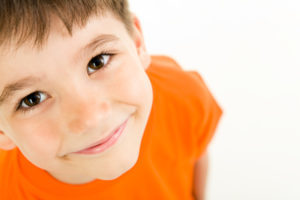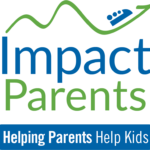What is DBT and How Does It Differ from Other Treatment?

Emotions are a tricky thing. They can be beautiful and powerful … but not always rational. When they become intense or come on too strong, they are hard to handle. When they’re always intense, it can feel intolerable! DBT (Dialectical Behavior Therapy) -- which is different from traditional talk therapy and more targeted than CBT (Cognitive Behavior Therapy) -- can teach complex kids how to handle intense emotions so they don't always feel so overwhelmed.
So What is DBT?
Can it really help to manage (and reduce) panic attacks and mood storms and other ways that people tend to lose emotional control?
Guest Expert, Kimberly Vay, a DBT-Linehan Board Certified Clinician®, spent some time with us talking about the four key aspects of DBT, and how it is different from other forms of clinical treatment.
She explains that DBT is a “practical treatment” that focuses on giving people the skills they need to handle the extreme ups and downs of their emotions. She continues, “emotionally sensitive or emotionally avoidant” children need help to face their feelings, and learn how to manage them.
“It’s like if you have a 3rd degree burn,” Dr. Vay says. “They’re learning the ways to cope with and tolerate these emotions. Then [they] can actually touch the burn at the end, as it’s healing.” DBT helps people with emotion dysregulation “become aware of what’s going on in their bodies.” It helps them regain control of their Executive Function and bring themselves back to the present moment.
In other words, when the stress cycle is triggered, it helps them Reclaim the Brain!
DBT is split into 2 types of therapy: group and individual. Dr. Vay explains that:
- group therapy is more like a class where participants learn about different skills, and how to apply them. The skills are taught in 4 different modules: Mindfulness, Distress Tolerance, Emotion Regulation, and Interpersonal Effectiveness.
- Individual therapy, on the other hand, is where they can work through their own experiences and get into the emotional nitty-gritty.
Article continues below...
Treatment for your Child's ADHD
Download a free tip sheet "Recommended Treatment for ADHD: Medication & Behavior Management" for what's really recommended for your child or teen.
Exactly How is This Different From Cognitive Behavioral Therapy (CBT)?
According to Vay, DBT incorporates the rational thinking of CBT, with a greater focus on emotions. “I look at it as empowering kids. It’s empowering them to think: ‘Now, when I have this anxiety attack, I know what to do,’” Dr. Vay shares.
In this interview you'll learn more about DBT and how it can help you help your child, as well as yourself, find that empowerment.
Emotional intensity is no stranger to parents of complex kids! When there’s not enough emotional middle ground, and it feels like emotional reactivity is in charge, it’s time to ask yourself: can DBT help?
The Top 10 Ways To
STOP Meltdowns
In Their Tracks
Goodbye tantrums, hello peace… Get your FREE Parent’s Guide!

